BLADE : it is a strong blade with a flat back, which has a counter-edge on the last 23 cm. On each side, there is a large hollow side, and a thin fuller which underlines the back up to the counter-edge. On the external side, there is a floral decoration, a charging hussar and the cursive inscription "Vivat Hussar". On the inner side trophy, charging hussar and "Vivat Hussar"
The hussar is represented on each side charging towards the edge which is usually characteristic of the oldest manufactures.
Length of the blade = 79 cm, width at the heel = 4.4 cm, thickness at the heel 8 mm
GUARD : it is a brass guard with a straight quillon, provided with rectangular ear-pieces with cut edges corners . The guard knuckle branch, thick and robust, widens from the angle to the cap. 12 mm at the angle, 24 mm near the cap
CAP : with a long tail; it has a typical shape of the mid-18th century in the geographical area Poland-Austria-Hungary. This type of cap is found, in a slightly modified form, on the first hussar sabers model 1760
GRIP : Entirely covered with simple brass wire binding alternating with twisted copper wire binding.
SCABBARD : This is the original scabbard of this saber, with scabbard entrance and intermediate piece in brass cut in the shape of braces and carrying the suspension rings. The chape is also made of brass cut in the shape of braces and it has an iron dart of unusual shape which confirms the foreign origin of this saber (i.e. not french origin) .
It is therefore an interesting historical model, which smells good the epoca of old monarchy : "Ancien Régime", but which certainly had a long career afterwards, including under the Empire since the hussars often kept their own weapons.
Shipping costs France 30€, Europe 40€
Ref AM-25/2-04





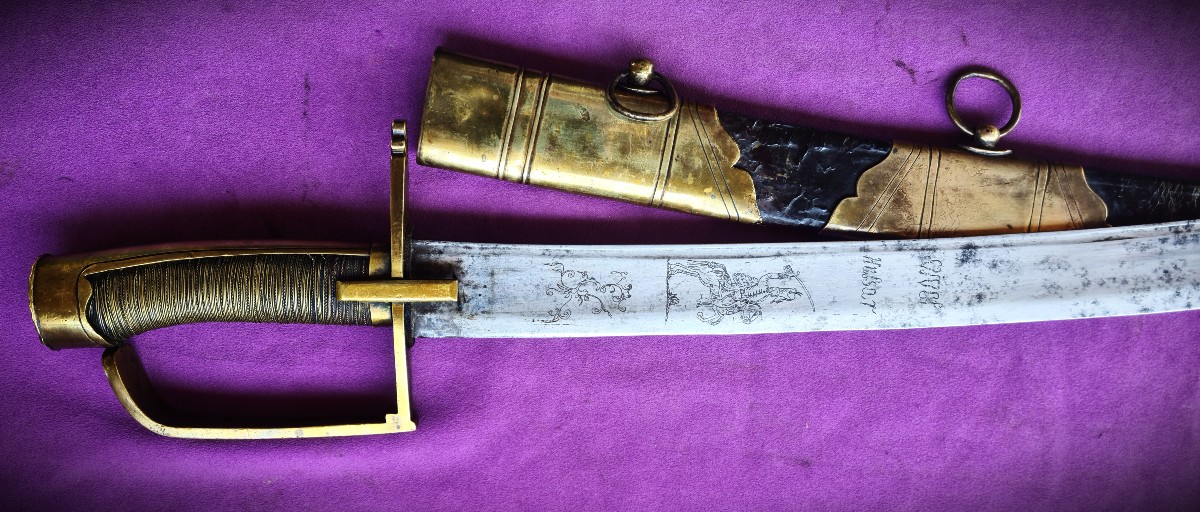


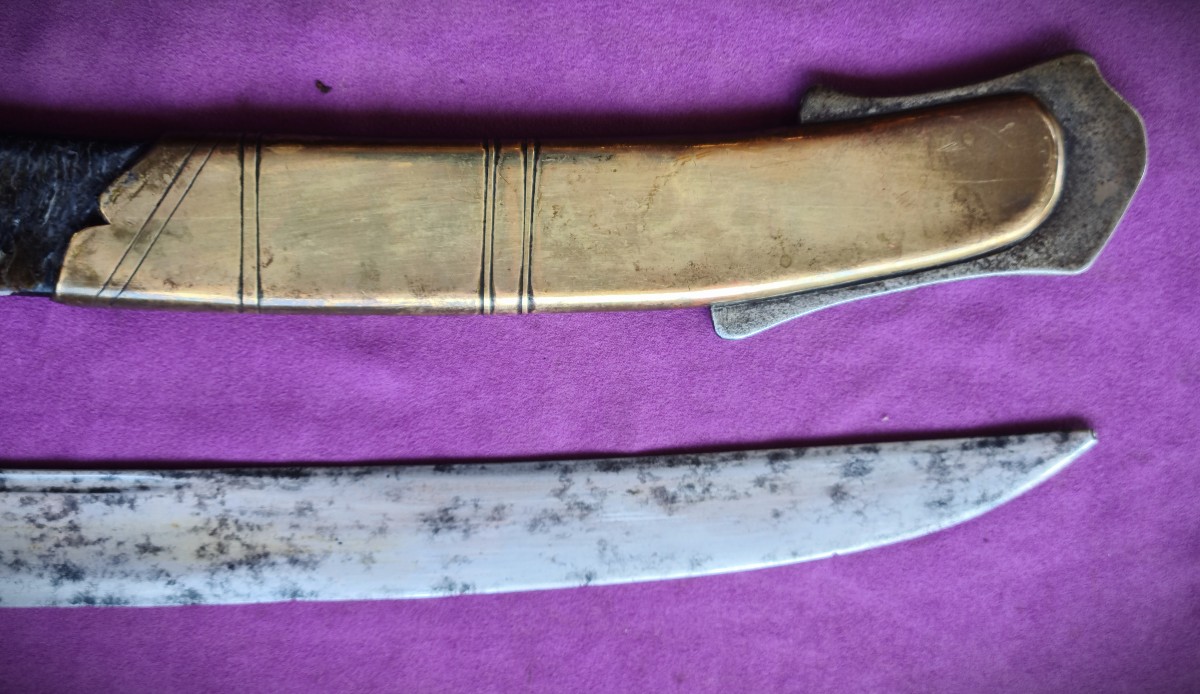



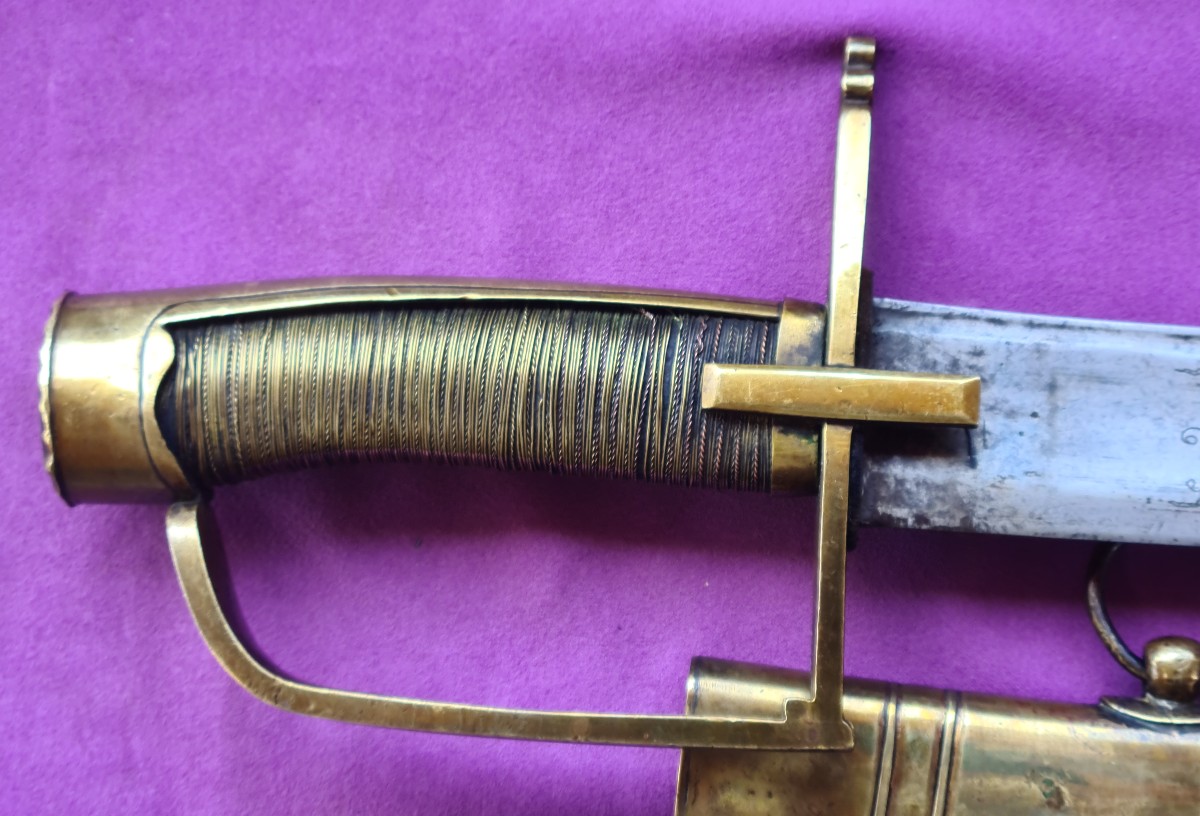














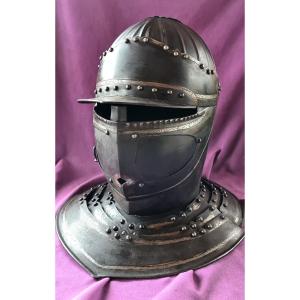





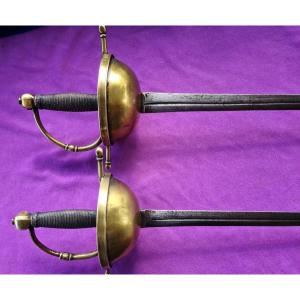
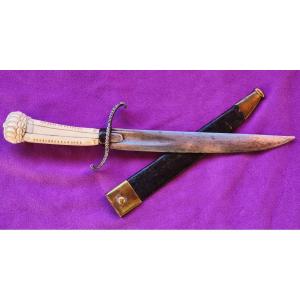



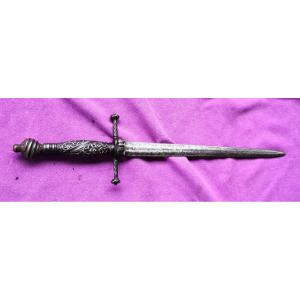
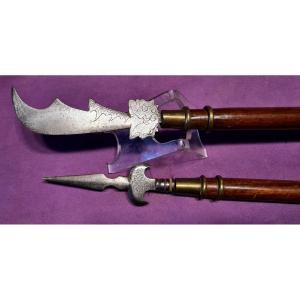





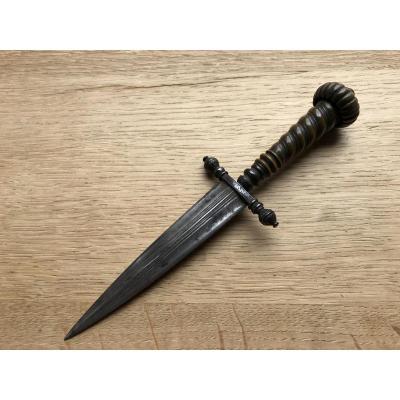




 Le Magazine de PROANTIC
Le Magazine de PROANTIC TRÉSORS Magazine
TRÉSORS Magazine Rivista Artiquariato
Rivista Artiquariato